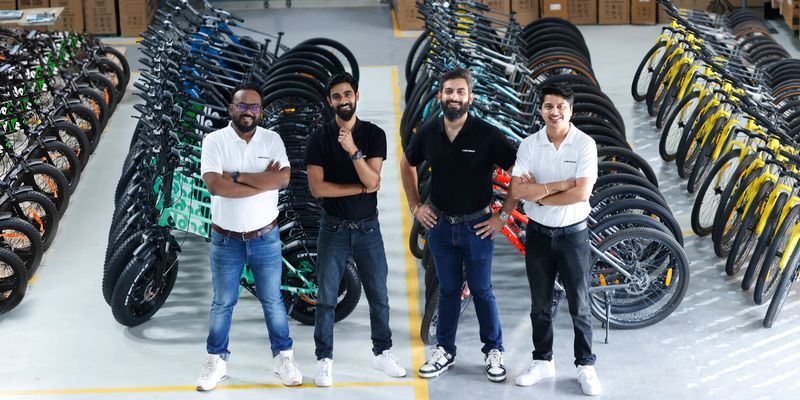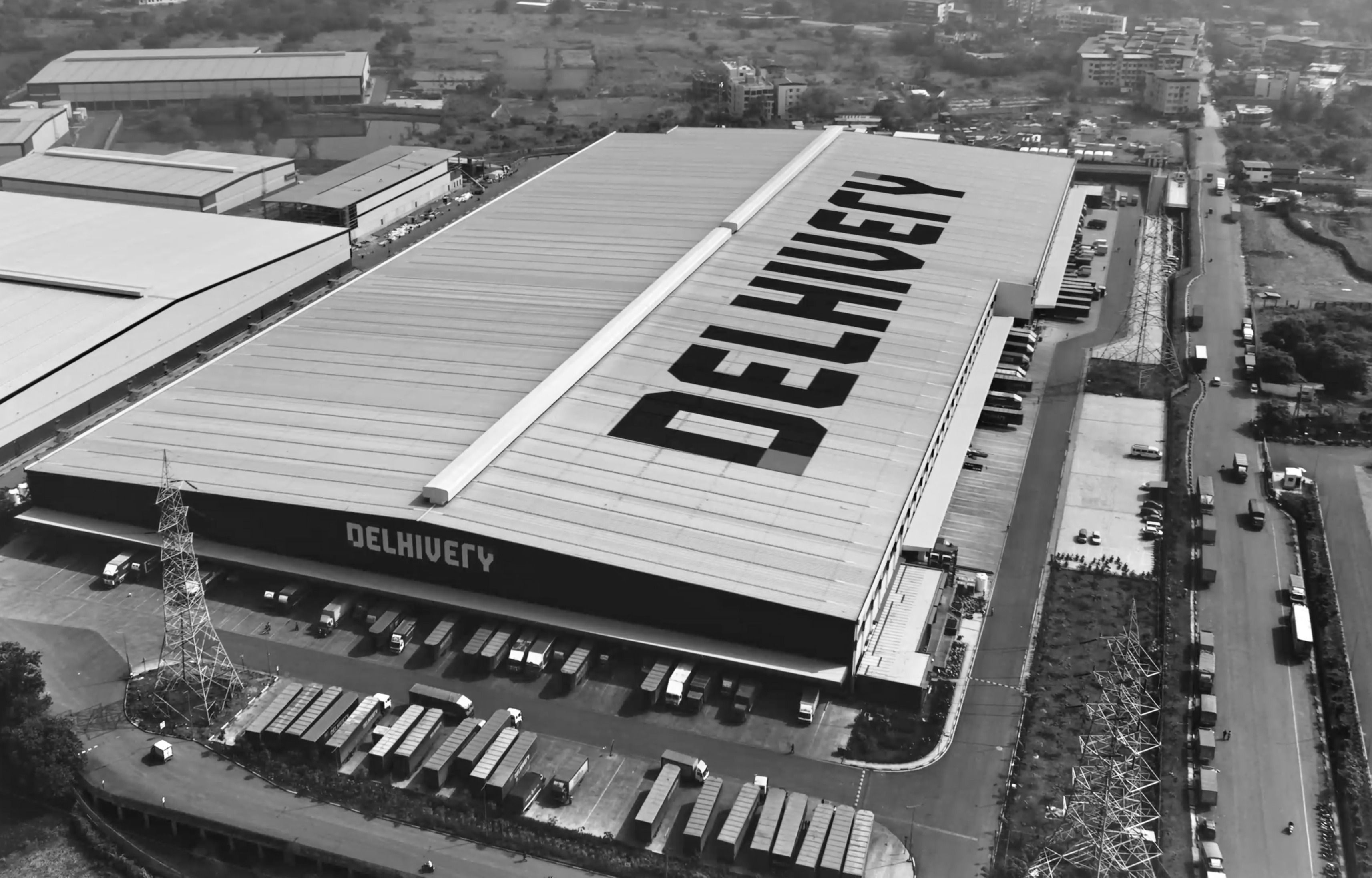The future of work: why all bets are on freelancing and robotics
In an era of automation and changing business models, the future of work in India will bring in great income disparities and divide. To cope up with the chaos, significant social and economic changes are called for
Key takeaways:
- Expect chaos of unemployment over the next five years.
- This is happening because education has not kept pace with automation.
- Mid-level jobs are at risk; reskilling is key to survival.
- Be bold and freelance if you can offer your skills to many people.
Vinay Murthy, a software designer, imagined a fruitful career in the IT industry when he came to Bengaluru after completing his BTech in Coimbatore. But he was in for a rude jolt as he lost three jobs in quick succession.
Disheartened, he tried his hand at running an apparel retail business in the city. But success in the business was shortlived as the apparel firm he sourced his merchandise from went bust. Unable to get credit terms from other manufacturers, he shut shop.
“I have no money. But I am hoping to borrow and start another business,” he says in broken English.
With India churning out 7.5 million graduates every year with practically no employable skills, a vast majority of them have the same life as Vinay. Doing something of their own is the only option they have.
Then, jobs do not seem to be first choice of the otherwise advantaged English-speaking population that has been educated at reputed schools and colleges. Graduates from top colleges like the IITs, IIMs, BITs-Pilani and other top 50 B-schools in the country have been at the forefront of a thriving startup culture in the country.

These two scenarios, when seen in the backdrop of growing automation and changing business models, especially in the IT/ITeS industry as far as India is concerned, prompt us to ponder over the ‘future of work’, a topic that has spawned many books, articles, research reports and conferences across the world.
Although it sounds like an esoteric idea, one doesn't need a crystal ball to predict the future of work. In fact, the future is right among us. Jobs as we know them are changing, thanks to the economic and technological exigencies.
Besides automation and newer business models, frequent job hopping, growing use of contingent and contract labour, recast of organisational structures, and the ever-widening income gap already give us an idea of what the future is going to look like.
Income inequality is closely linked to joblessness in India and will aggravate further with the job losses that one has begun to see of late.
“The 100-million English-speaking population has had quite the advantage in this country over folks from smaller towns. Furthermore, with automation and changing global business models that impact India, job losses are just going to add to the non-inclusive nation that we are becoming,” says Harish Hande, Founder of SELCO India, a Bengaluru-based for-profit social enterprise.
Harish says the 300-million-strong Indian middle class has created allied and non-inclusive roles like watchmen and drivers for 700 million Indians, including small land holding farmers, who remain worse off even with education and vocational training.
The road to 2022
A PwC report on The Future of Work: A Journey Towards 2022 predicts that a student protest will erupt globally in 2020 as a consequence of the non-availability of jobs. This prognosis is based on universities not being able to keep pace with sudden changes in economy and technology such as automation.
In the same report, PwC has identified three scenarios or worlds for the future of work and categorised them as blue, green and orange. In the blue world, big company capitalism will reign supreme with their focus on profit, growth and market leadership. It will guarantee job security and long-service term for its employees in return for loyalty and flexibility.
In the green world, companies will have a social conscience and green social responsibility, and where consumers and employees will dictate change. Here, employees will be assured of ethical values and work-life balance in return for loyalty.
The orange world will have smaller companies with high-tech business models so as to ensure maximum flexibility and minimum fixed costs. The deal with employees will be flexibility, autonomy and varied challenges in return for work on a short-term contractual basis.
David Fairs, Partner, KPMG in the UK and author of a report titled “Shifting Employee Motivations”, sees future organisations having a lean core, quite like the companies described in PwC’s orange world.
“In the future, successful organisations will be more dispersed and have fewer core employees, with this core supported by a larger, virtual and networked workforce. This is already starting to happen in knowledge industries such as IT and business services and I believe that others will follow in time,” he says.
Change is here, freelance!
From an Indian context, some of these changes are already underway. Organisations are now looking at freelancers. Steven Reubenstone, Founder of Collaborizm, an online collaborative community based in Miami, US, says that 75 percent of the 115,000 individuals on the platform are freelancing from India.
“Software and engineering students and recent grads are desperate to share knowledge and gain experience, find new cool projects to work on, and enhance their credentials,” says Steven.
He adds that there is a much higher density of engineering and maker talent in India and developing markets. “So, it’s not surprising that our early adopters are from these regions.”
This trend seems to have started with the proliferation of the "cloud" in 2011. As a result, prices of the entire tech stack such as CPU, networks, RAM, and disk dropped. With cloud, you could have two people sit in a remote centre, write codes, and run an application for a 1,000-member organisation.
Classic examples of such companies are Freshdesk, Zoho, and Zendesk. Now, these product companies are themselves ushering the era of automation. “Readily deployable IT is the future,” says Sridhar Vembu, Co-founder of Zoho. Businesses are already asking for IT to be tied to business outcomes.
Mahindra & Mahindra has already placed sensors on 5,000 tractors and is studying the usage patterns. The IT implementation for this is completely tied to business outcomes.
“Let me tell you that the genie has left the bottle and we have data as the new oil and the future is in collaboration between different businesses,” says Jan Brecht, CIO at Daimler AG. Daimler, according to him, is ahead in the race and well poised to become a mobility-driven company. “So, the future is a connected corporate that puts consumers first,” he says.
He has a very valid point about the skills required to be relevant for the future.
“Our strategy is to use data to improve our asset utilisation,” says Jan, adding, “The new generation of consumers would want to run a car for only 100 km or use it only for a vacation. So, how does this scenario make us relevant to the customer of the future?”
According to Jan, Daimler has to understand data generated in cars and make sure the consumers think of buying Mercedes as their mode of transport. For example, the number of times you took the car to the hills, knowing this data based on the car's driving pattern could allow Mercedes to create an ecosystem of allied businesses like hospitality to make offers to the consumer. There are endless business possibilities when data about the car could be merged with location specific data.
Now, it’s about agile IT, sensors, and data; this changes the entire Indian work scenario. There will no longer be coding jobs available because all the platforms are available. That said, legacy technology will still be around, but will need fewer people to maintain it.
IT and its allied services will focus on implementing products such as SAP, Microsoft, and Oracle on platforms in cloud environments. “Still, the plumbing business needs to convince CIOs that data can be available on a real-time basis,” says Ashish Gupta, VP, Engineering, Rubrik, a startup that has raised $292 million to build a platform to bridge enterprise legacy and cloud data.
Today, IT services companies or any organisation which is people-oriented in design and business are on tenterhooks, as clients are now spending on processes that can be measured. There are management exits in Infosys, which has provided shareholders with rich dividends for close to 20 years. Other companies have stopped doling out employment letters.
With manufacturing and IT witnessing automation, the world of work will be very different in Indian cities like Bengaluru, Pune, Chennai, Delhi, and Hyderabad. Financial services too will be affected because sales processes will be automated.
How policy manages the 50-million organised workforce and the 300-million disorganised workforce is a million-dollar question. Salaries will drop, capital will be limited to innovation, and society will have to drive value on a collective basis. So, what is this collaboration?
Simply put, a company’s CIO will source the best code by throwing in a request in engineering forums or in places like Collaborizm or Applied Singularity. Designs too will be on the cloud. Onshape, the cloud and tablet-based CAD/CAM tool and design marketplace, helps freelancers across the world collaborate on design and share their work with large organisations.
“The secret to success is to collaborate without having to save and send multiple files; organisations want designs to be dynamic,” says John McEleney, CEO, OnShape. No wonder companies are betting on the market place of talent.
The gig economy
Today, real-estate companies are investing in co-work spaces. CoWrks Founder Sidharth Menda is building his business around collaboration. WeWork in India, run by Karan Virwani, is focused on freelancers. A large space to fit in thousands of startups and individuals is being readied across India. The gig economy is the American equivalent of the freelance economy.
According to a global report by CBRE, millennials significantly influence the office, retail, and residential market around the world. Today’s corporate workforce in India consists of a large number of millennials, with more joining in. These youngsters have exposure to international trends and best practices.

To attract talent, corporates are strategising their operations to adopt the latest technologies in their workspaces and embracing new methods of working, including flexibility in location, co-working spaces, and so on.
“This means that developers who want to tap this growing consumer base, need to be cognizant of the informed consumer and ensure that the product they are selling meets these parameters,” says Ram Chandnani, Co-Chair, India Chapter, Corenet Global & MD, Advisory & Transaction Services, CBRE South Asia.
CBRE believes that due to rapid urbanisation corporates are also rethinking how to get their employees work in cities, which are congested.
“Corporates too need to factor in productivity versus physical presence of their employees, as most of them do not live close to their workplace,” says Chandnani.
Corporates are therefore investing in newer concepts of satellite offices, and virtual offices are coming to the fore. Workspaces too are being designed keeping the aspirations of the younger workforce in mind. So, the “blue” workspaces or the large corporate will invest in such offices.
What will the impact be?
Countries like India, where 60 percent of the workforce will still be rural by 2030, will see a significant change in social and moral responsibilities. Questions like income disparity and poverty will persist in the wake of automation.
KPMG predicts that this could lead to social tensions. David says that pressure could be brought to bear by those fortunate (as we see in the banking sector now) to define an acceptable level of reward and give anything above that to the less fortunate.
The changing nature of technology and business delivery could impact India with its large income disparities. Joblessness could destroy its social fabric. Corporates today believe that people are free to reskill themselves and move towards creative fields over mundane physical work. If such social experiment were to be engineered, its implementation will be ten times more difficult than “demonetisation” because people need to be paid for what they learn.
However, technologists are optimists and businessmen believe in a brighter future. No wonder individuals are freeing themselves up to devise their own future in the era of devices and data.











